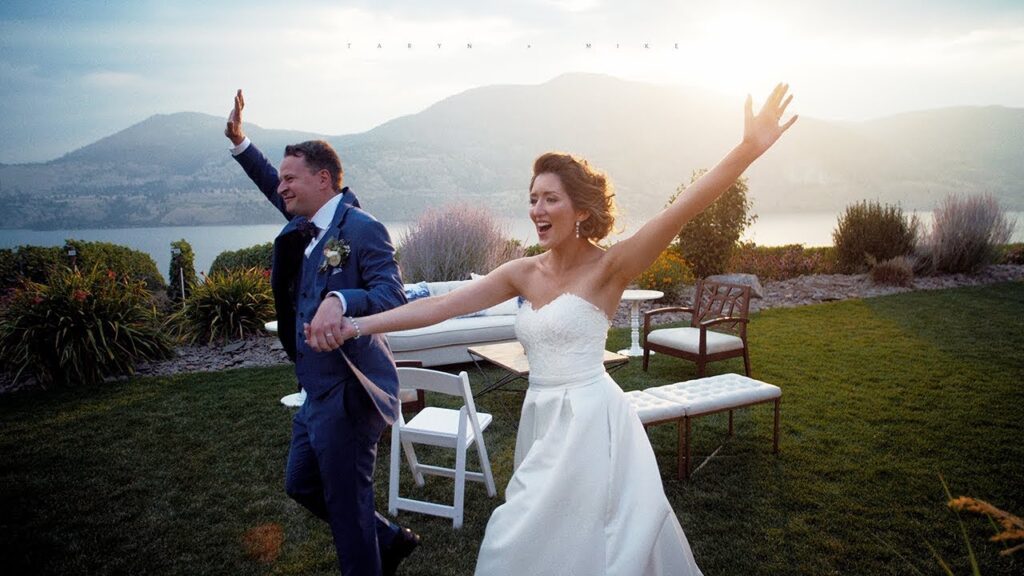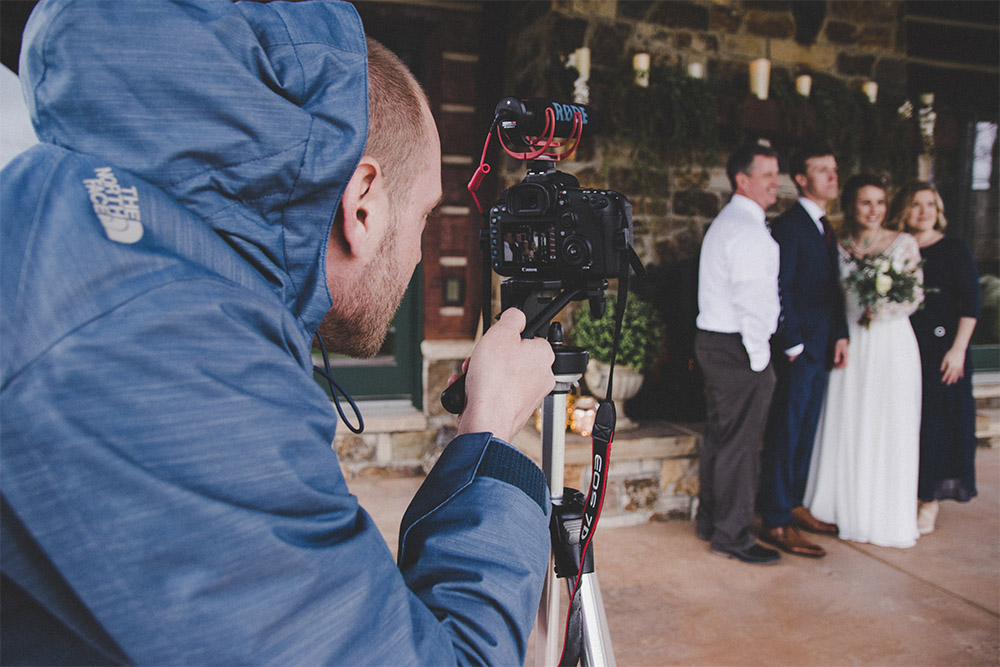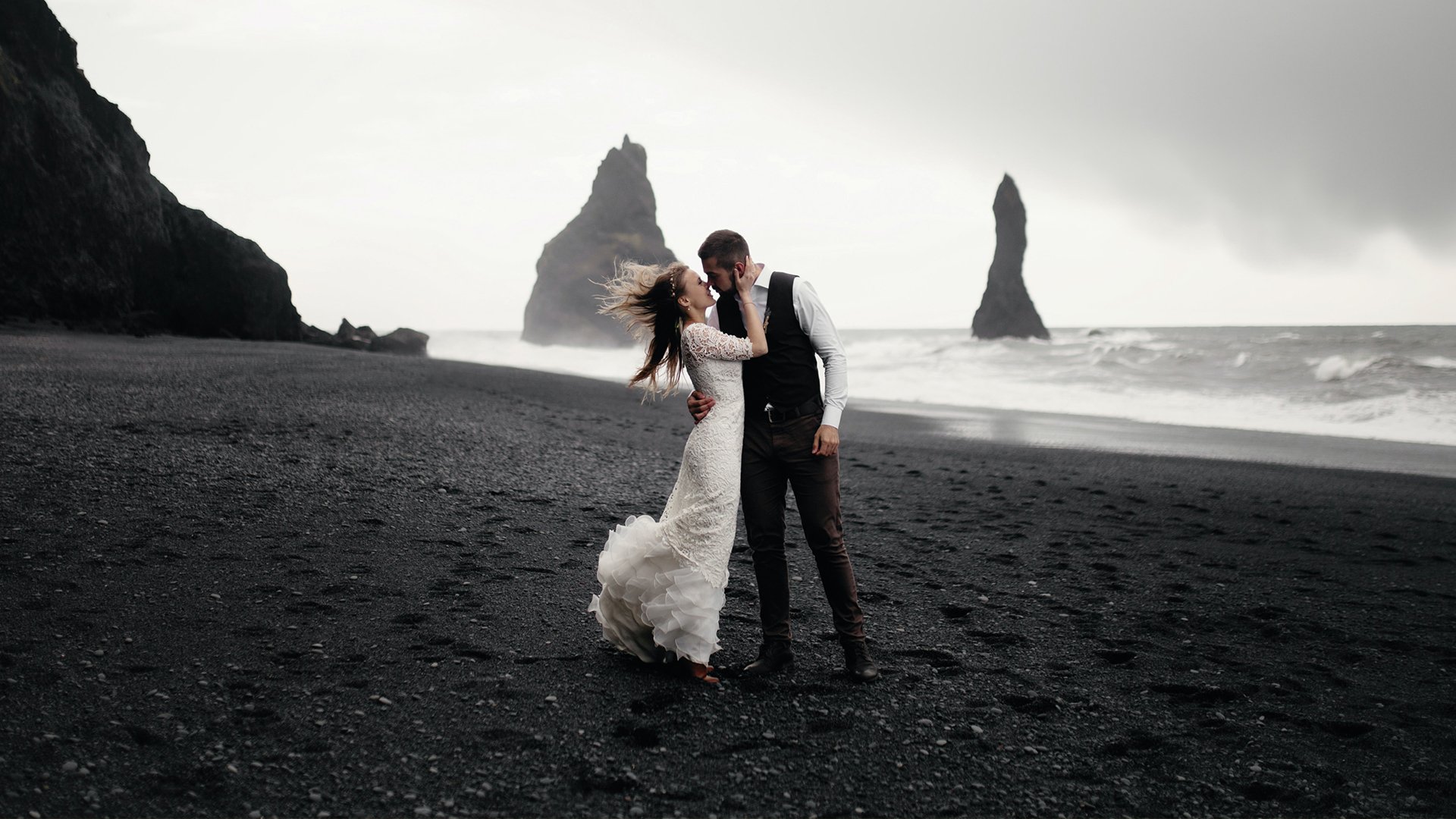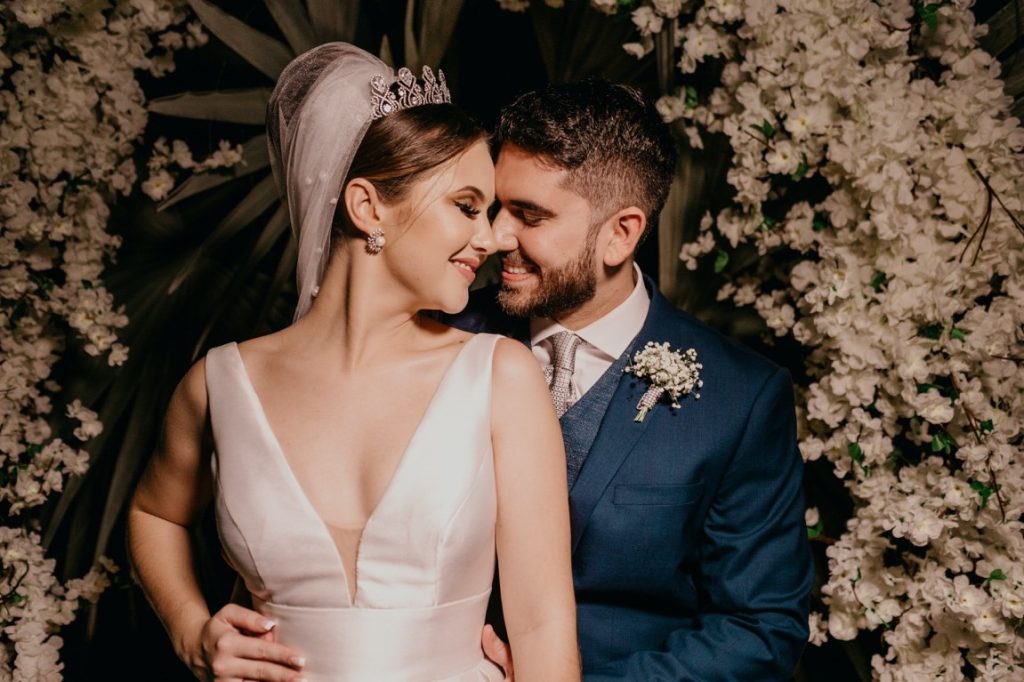In the digital age, where memories are more vividly captured and shared, making a documentary-style film for your wedding videos is a trend that’s rapidly gaining traction. This 2024 guide is your compass to navigating the creation of a wedding film that not only documents but tells your unique love story in a cinematic narrative.
From crafting a compelling narrative arc to the final presentation of your masterpiece, we cover everything you need to make your wedding video unforgettable.
Click here to see the table of contents
Crafting a Narrative Arc: Structuring Your Wedding Story

Every memorable film starts with a compelling story, and your wedding documentary is no different. The narrative arc of your wedding film should take viewers on a journey, encapsulating the build-up to your big day, the emotional highs of the ceremony, and the joyous celebrations that follow.
Start by outlining key moments you want to capture, such as the exchange of vows, the first dance, and toasts from loved ones. Then, think about how these moments fit together to tell a cohesive story.
Capturing Authentic Moments: Documentary Filmmaking Techniques
The heart of a documentary-style wedding film lies in its ability to capture authentic moments. This requires a keen eye and the ability to anticipate moments before they happen. Employ techniques like observational filming, where the camera serves as a fly on the wall, capturing events as they unfold naturally.
Another technique is participatory filming, which involves interacting with your subjects to evoke genuine responses. Use a combination of these approaches to create a rich tapestry of moments that reflect the true spirit of your wedding day. If you want this and much more you need to check out this Colorado Elopement Videographer.
Selecting the Right Equipment: Tools for Cinematic Quality

Source: aglmediacompany.com
The right equipment is essential for achieving cinematic quality in your wedding documentary. In 2024, technology offers a plethora of options, from 4K cameras that capture stunning detail to drones for breathtaking aerial shots. However, it’s not just about having the latest gear but selecting tools that fit your style and the demands of the setting.
For instance, mirrorless cameras are great for low-light conditions, like indoor ceremonies. Additionally, consider stabilizing equipment like gimbals to ensure smooth footage. Audio is equally important, so invest in quality microphones to capture clear vows and speeches.
Interviewing Techniques: Bringing Voices into Your Wedding Story
Interviews add depth to your wedding documentary, allowing the couple and their loved ones to share personal reflections that enrich the narrative.
To conduct meaningful interviews, create a comfortable environment and ask open-ended questions that prompt storytelling. Questions like “What was going through your mind when you first saw each other?” or “How has your love grown over time?” evoke emotional responses. Listen actively and be prepared to follow unexpected conversational paths.
Finding Your Visual Style: Cinematography Tips and Tricks

Source: instagram.com
Your documentary’s visual style is its signature, conveying the mood and essence of your wedding day. Experiment with different cinematography techniques to find what best suits your story. Use lighting creatively to set the tone, whether it’s the soft glow of sunset during the ceremony or the vibrant colors of the dance floor.
Composition is key, so play with angles and framing to highlight emotions and actions. Also, consider the pacing of your shots—mixing slow-motion moments with real-time footage adds dynamism.
Post-Production Magic: Editing Your Wedding Documentary
Post-production is where your wedding documentary truly comes to life. Editing is not just about piecing clips together but weaving a story that flows seamlessly. Start with a rough cut, focusing on the narrative arc.
Then refine your edit, cutting out anything that doesn’t serve the story or disrupts the pace. Color grading is crucial for creating a visual tone that complements your style. Sound editing is equally important; ensure the audio is clear, and consider adding a soundtrack that enhances the emotional impact.
Sharing Your Masterpiece: Distribution and Presentation Strategies

Source: facebook.com
Once your wedding documentary is complete, it’s time to share your masterpiece. In 2024, there are myriad ways to distribute your film, from social media platforms to dedicated wedding video sites. However, consider your audience and how they prefer to consume content. For a personal touch, host a screening party for close family and friends.
When sharing online, optimize your video for different platforms, paying attention to aspect ratios and compression settings. Also, think about longevity; store your documentary in multiple formats to ensure it can be enjoyed for generations to come.
